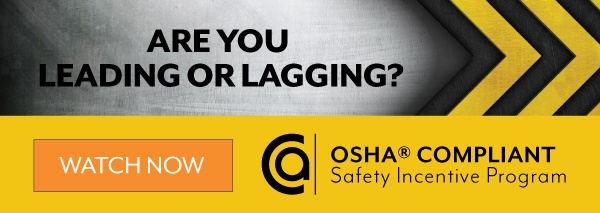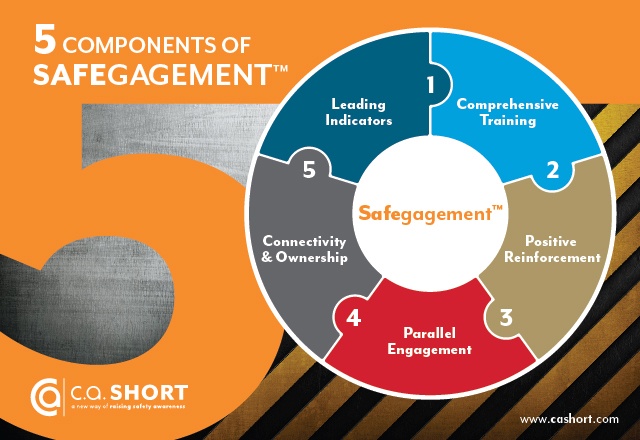As we continue our series highlighting the 5 key pillars of Safegagement™, an overarching theme begins to take shape. Placing value both in your employees’ abilities and the work they do instills an unwavering sense of pride and self-worth—two vital factors to consider when building a safe and engaging work environment.
As you’ll see, this sentiment is once again on display in our next pillar, Positive Reinforcement. Often times, companies will simplify this powerful concept by distilling it down to monetary and tangible efforts. However, this is an all too critical mistake as this is an idea that goes far beyond annual bonuses and free coffee in the break room and one that will make all the difference in your ongoing engagement efforts.

The Remarkable Impact of Positive Reinforcement
So, let’s take a look into our third Safegagement™ pillar— Positive Reinforcement:
Building and maintaining safety and incentive programs that have the power to create lasting change is not an easy feat. However, the success of such implemented programs, as they relate to everything from employee relations to revenue streams, cannot be understated. In fact, many believe the key to being a great leader is ensuring that your management system provides positive reinforcement for your employees when they do something extra or just do something well. Just like a muscle, this practice needs to be done routinely and repeatedly for the best results.
The key difference between a viable program and one that’s highly effective is that at the end of the day, the goal shouldn’t be to have employees act in order to achieve rewards. It should be to have employees act, because they’re invested in the results of their actions. This is an approach that will ultimately deliver the confidence a team needs in order to take ownership of their jobs and workspace. But, before that can ever happen, you must first build trust in the fact they have the company’s best interests at heart.
Equally as important is allowing space for team members to make their own choices, rather than outlining the choices you wish they’d make. As VPPPA Executive Director R. Davis Layne stated, “Good incentive programs feature positive reinforcement for demonstrating safe work practices and taking active measures in hazard recognition, analysis and prevention.” So, while it is necessary to have reinforced safety guidelines, it’s just as vital to reward those individuals in the organization, who go out of their way to ensure the job is done right, each and every time.
Rock Your Safety With Recognition and Awards
Positive Reinforcement doesn’t end with how the company treats employees either. Management relations also have a crucial role to play. By publicly and genuinely expressing appreciation for those who go the extra mile or live up to the standards you’ve set forth, you’re continuing to build additional layers of Safegagement™ with every new interaction. Plus, when combined with our first two pillars, you’ll also see a more positive and productive environment beginning to take shape.
In our next blog, we’ll continue to further build upon these themes by discussing our fourth of five pillars, Parallel Engagement. If you’ve missed any of our previous blog entries, be sure to check out our posts on Leading Indicators and Comprehensive Training.
C.A. Short Company partners with companies to manage, drive and facilitate increased employee engagement to increase financial performance, productivity, quality, and core performance outcomes. Our process and research-based platform enables executives and managers to engage their teams to increase the bottom line, motivate staff, and incentivize positive behavior. To Request a Complimentary Consultation, click here.






.jpg)

.png)
.png)
SHARE